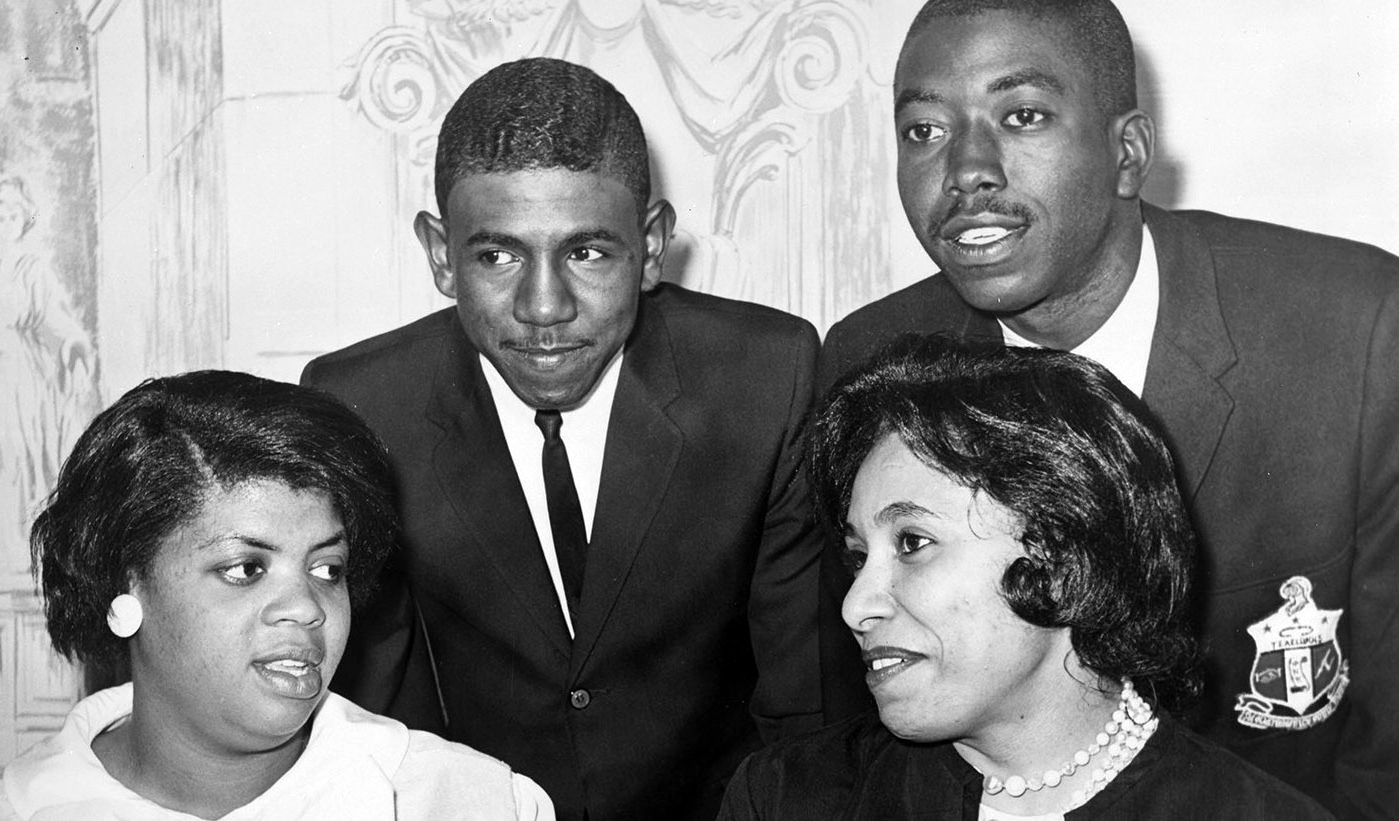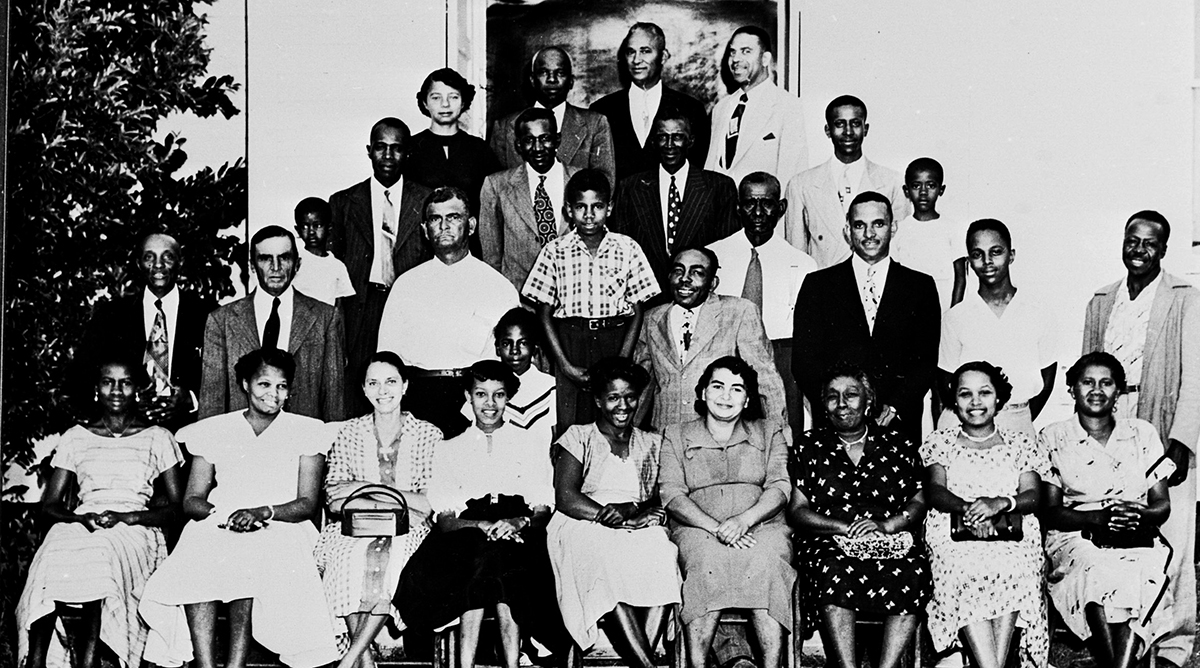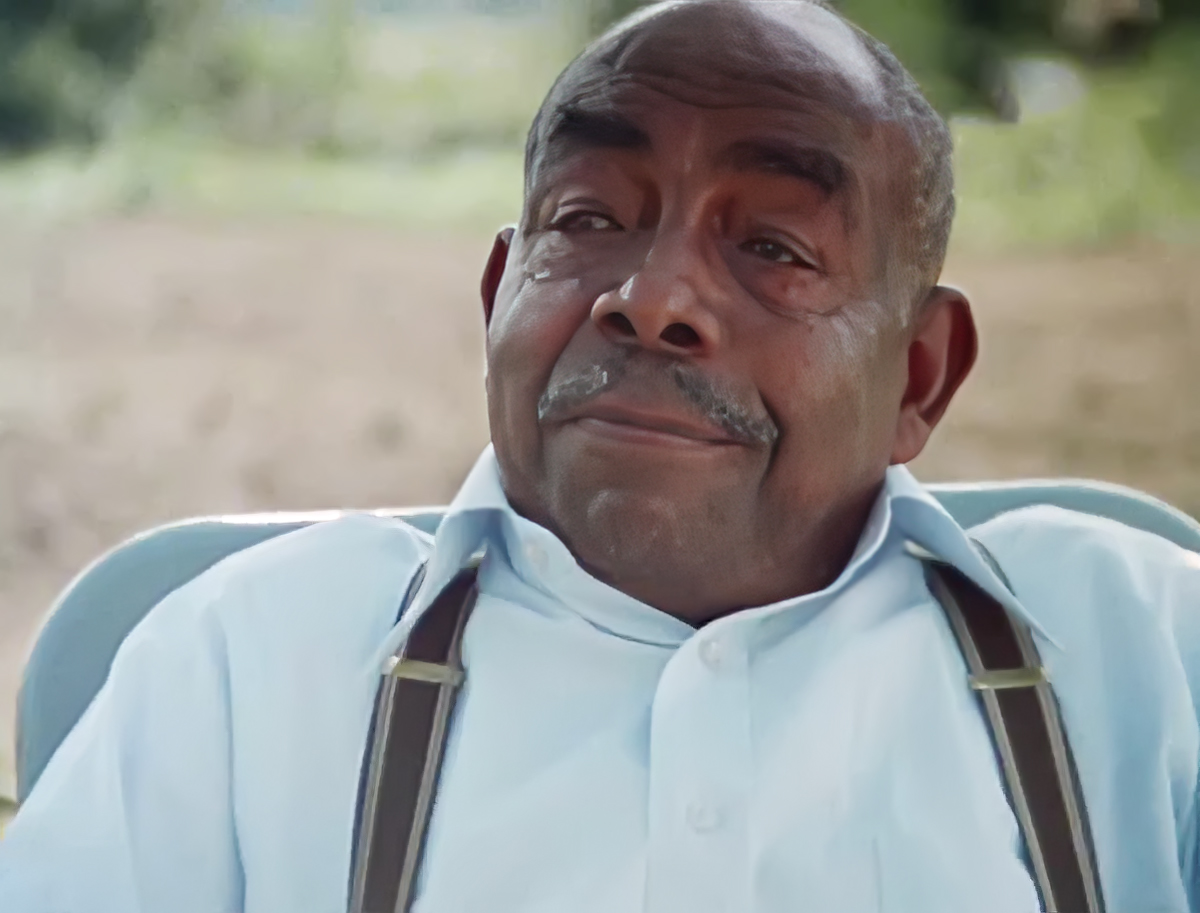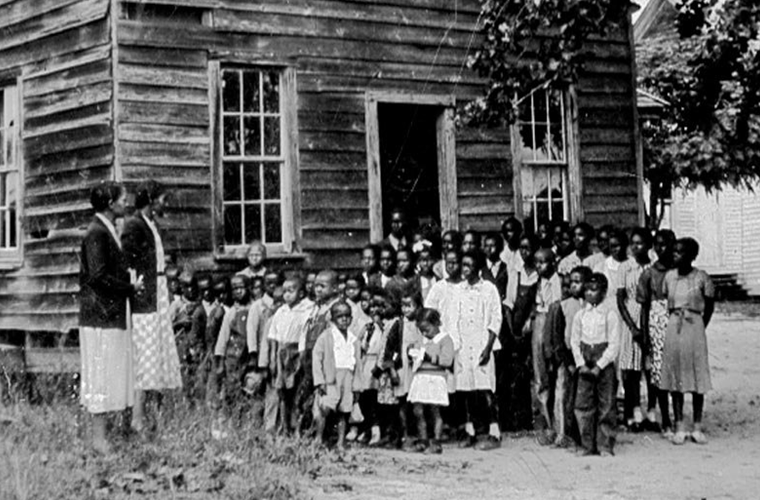Briggs v. Elliott was a pivotal court case in the United States that contributed to the landmark Brown v. Board of Education decision in 1954, which declared racial segregation in public schools unconstitutional. Briggs v. Elliott specifically focused on challenging the segregated education system in Clarendon County, South Carolina.
In 1947, Reverend Joseph A. DeLaine and other African American parents in Clarendon County filed a lawsuit against the local school board, led by Harry Briggs Sr. The lawsuit, known as Briggs v. Elliott, argued that the racially segregated school system in South Carolina violated the constitutional rights of African American students under the Equal Protection Clause of the Fourteenth Amendment.

The plaintiffs contended that the separate black schools provided vastly inferior resources, facilities, and educational opportunities compared to the white schools. They sought equal treatment and access to quality education for their children. Initially, the case was heard in the U.S. District Court for the Eastern District of South Carolina, where Judge J. Waties Waring ruled against the plaintiffs. Judge Waring, however, expressed his dissenting opinion, criticizing the doctrine of “separate but equal” established in the Plessy v. Ferguson case and signaling the need for change.
The Briggs v. Elliott case was eventually consolidated with other school segregation cases from around the country and brought before the U.S. Supreme Court as Brown v. Board of Education. In its unanimous decision in 1954, the Supreme Court ruled that racial segregation in public schools violated the Equal Protection Clause of the Fourteenth Amendment. The decision overruled Plessy v. Ferguson and set the stage for desegregation efforts throughout the United States.

While Briggs v. Elliott is often overshadowed by the Brown v. Board of Education decision, it was a critical component of the larger legal battle to challenge racial segregation in education. The courageous actions of the plaintiffs in Briggs v. Elliott helped pave the way for the landmark ruling that brought an end to legal segregation in American schools.


